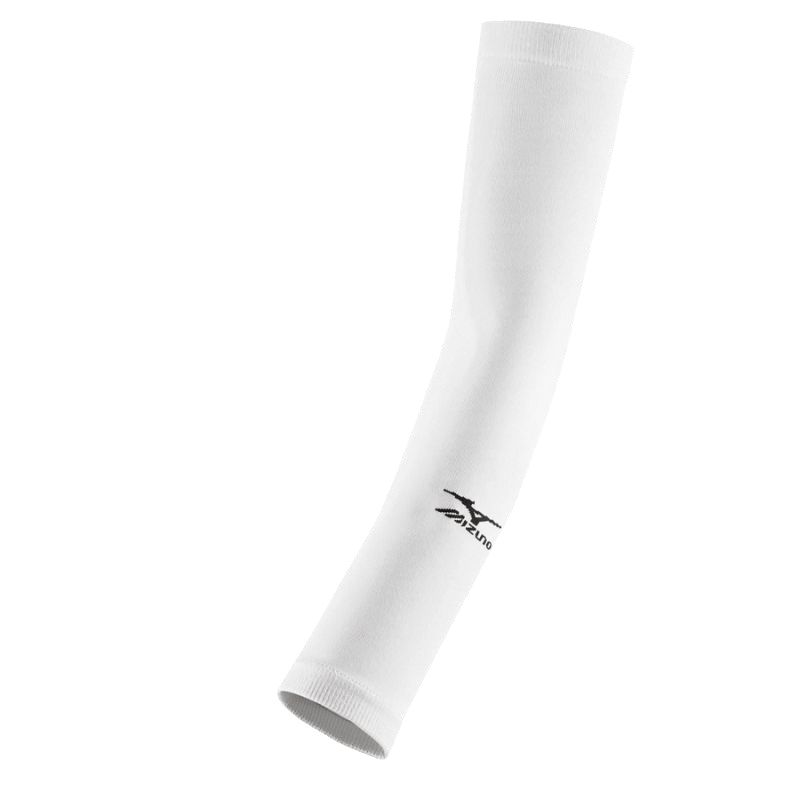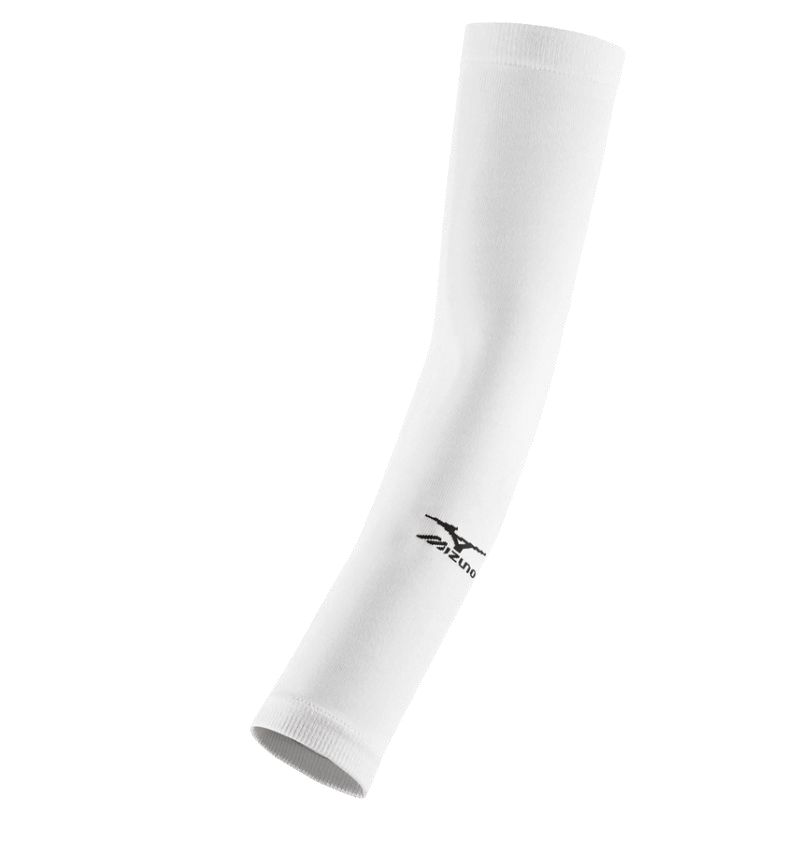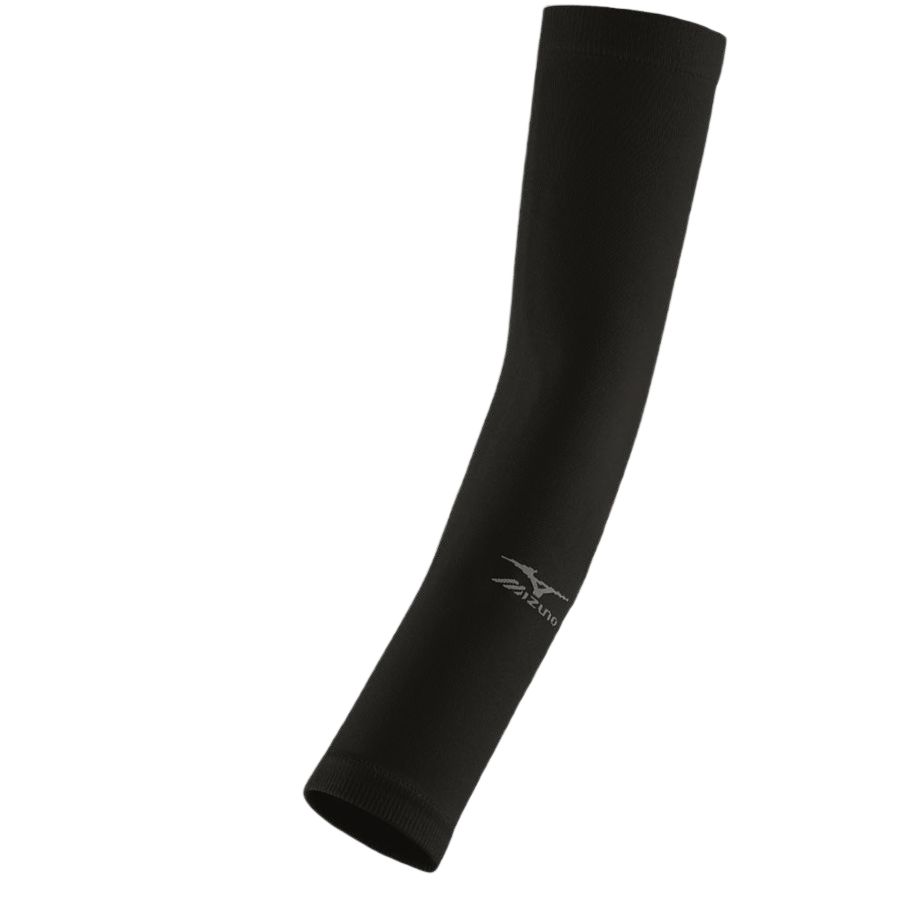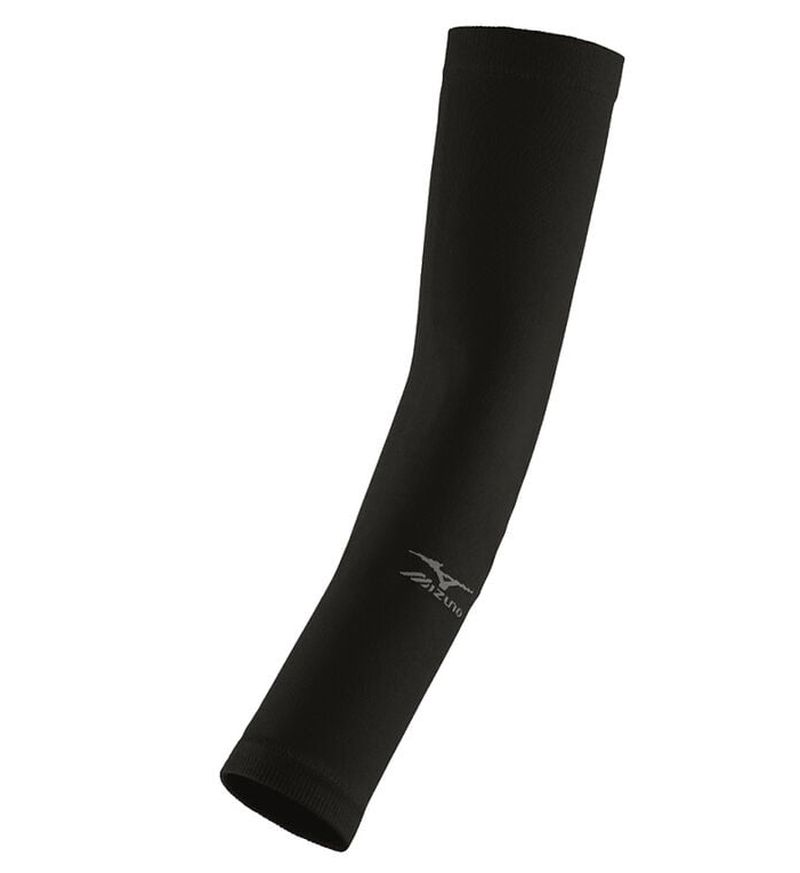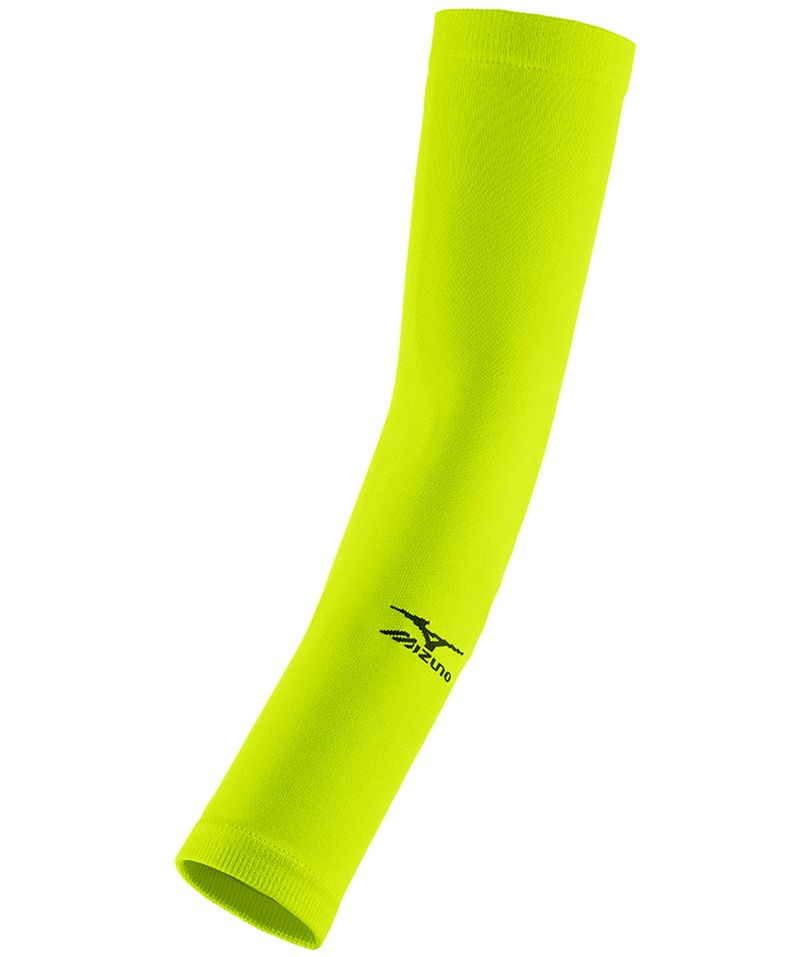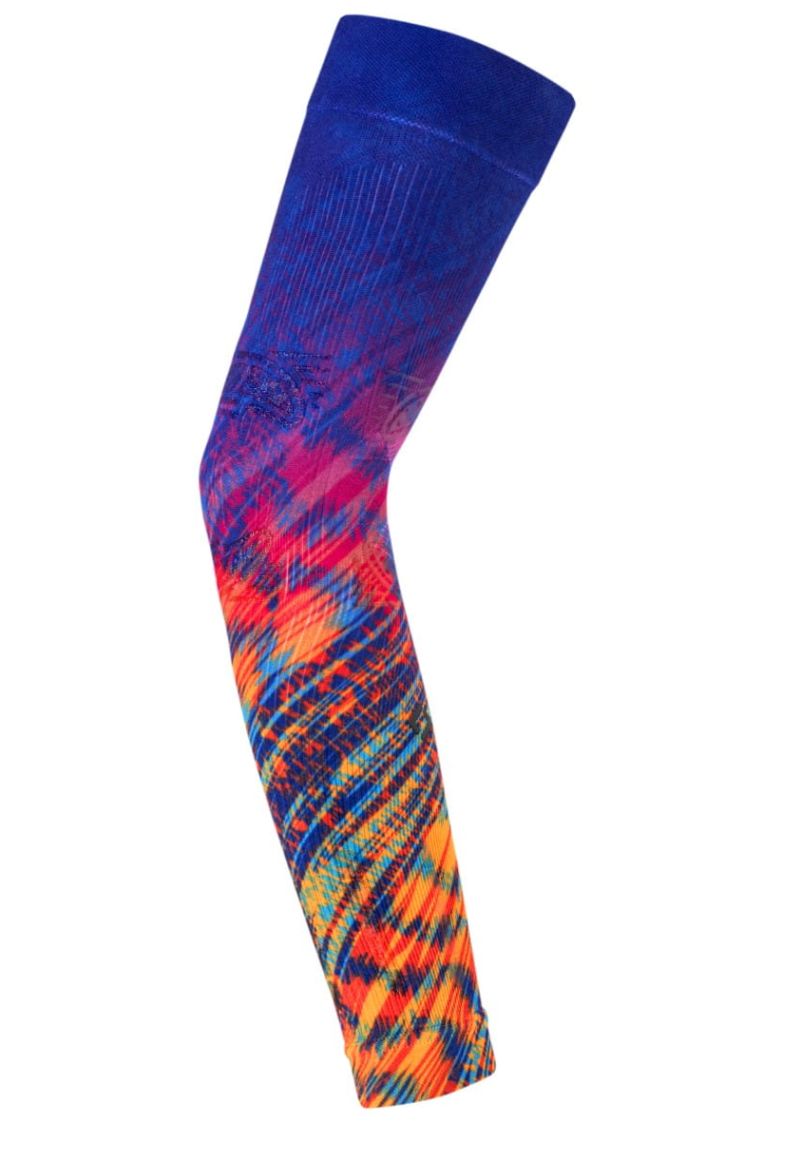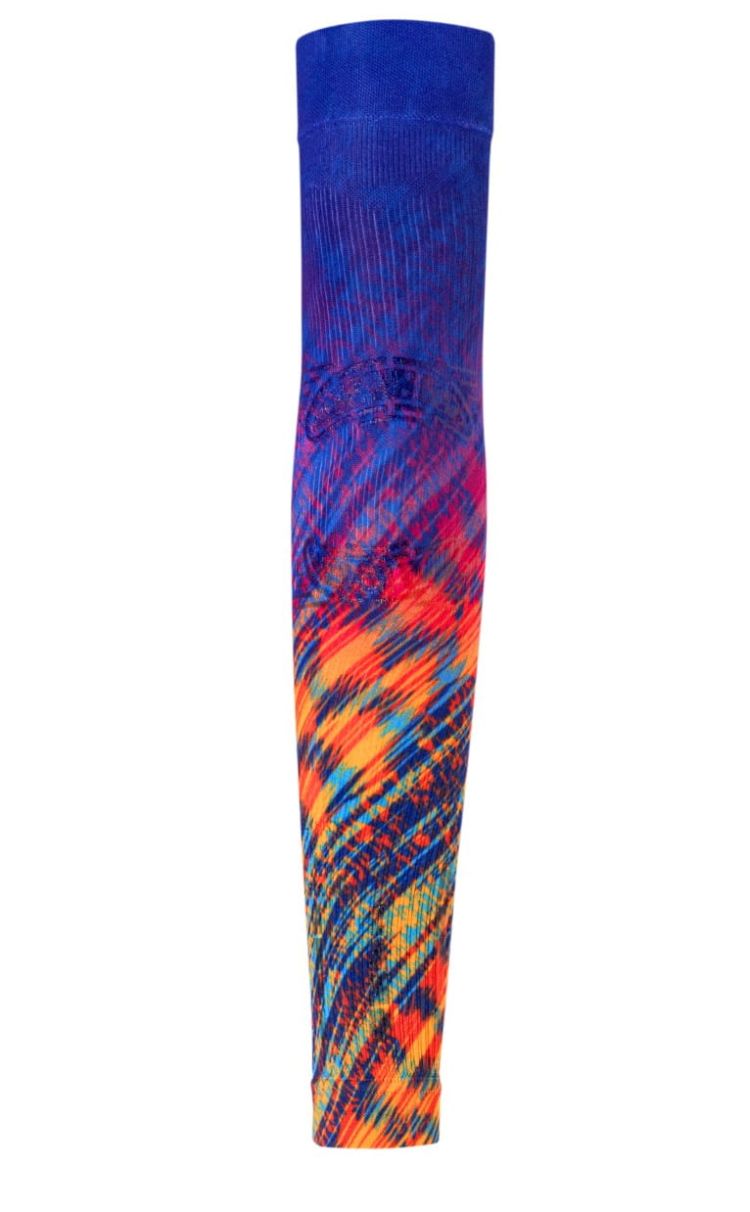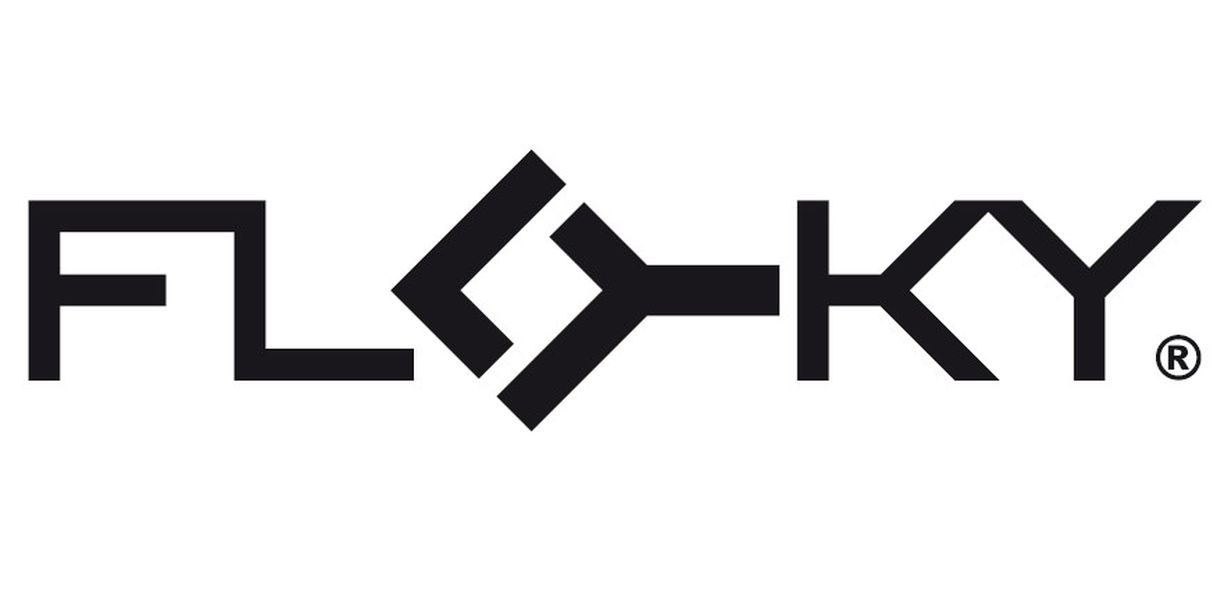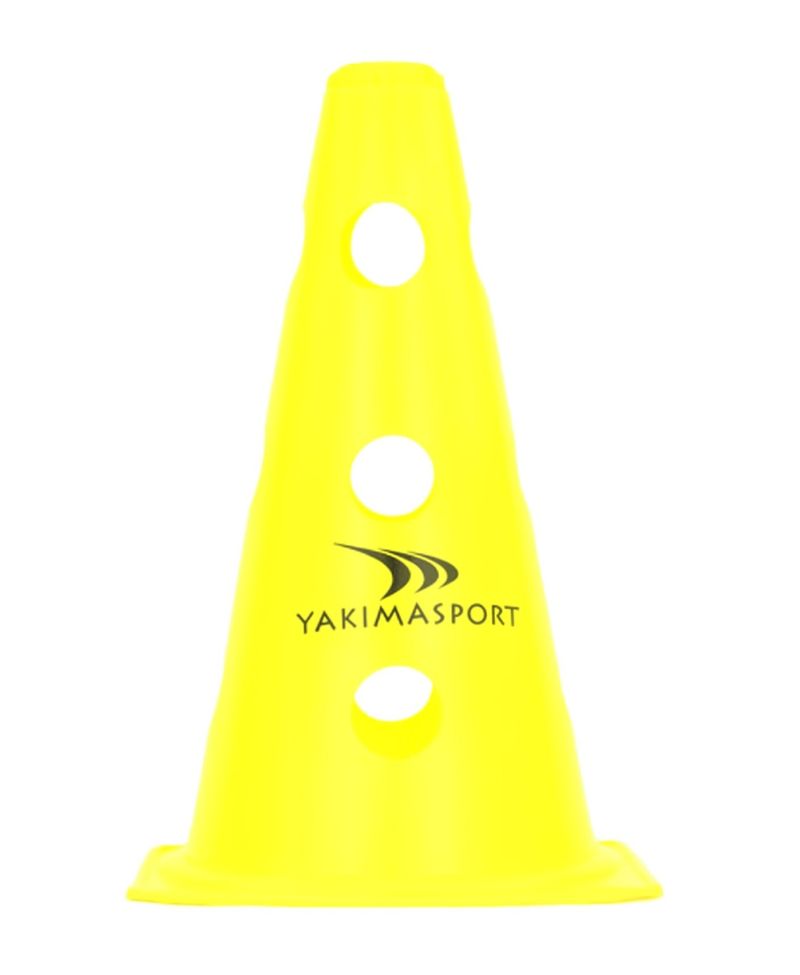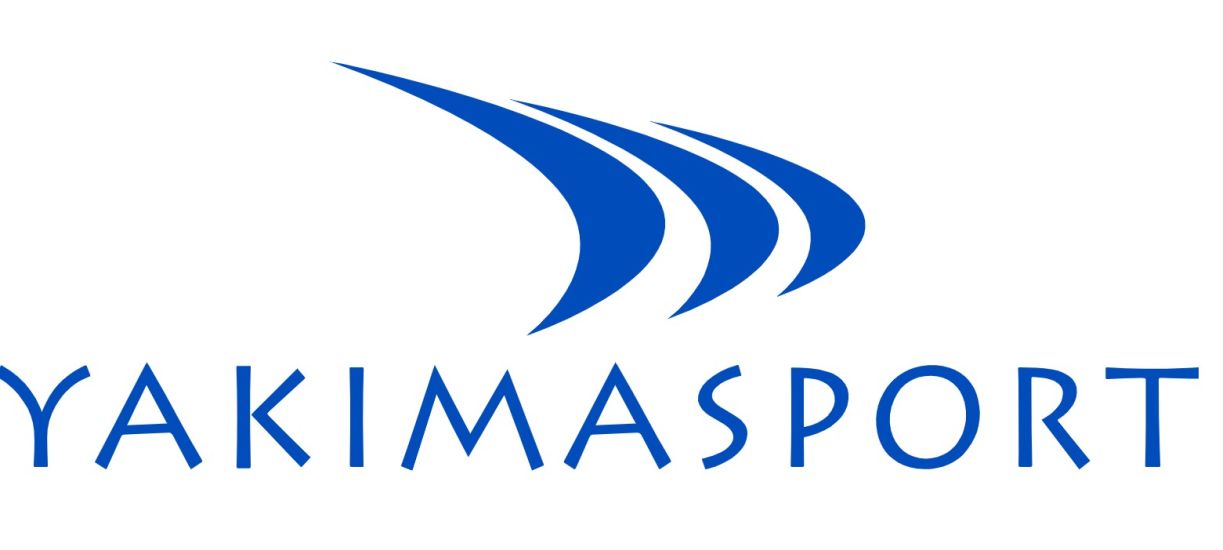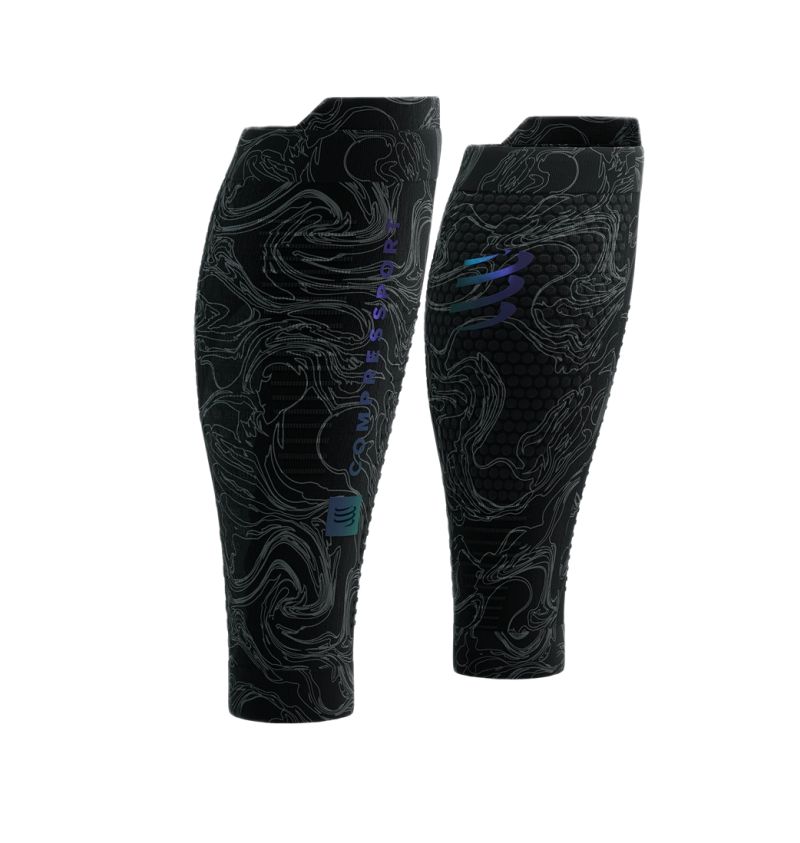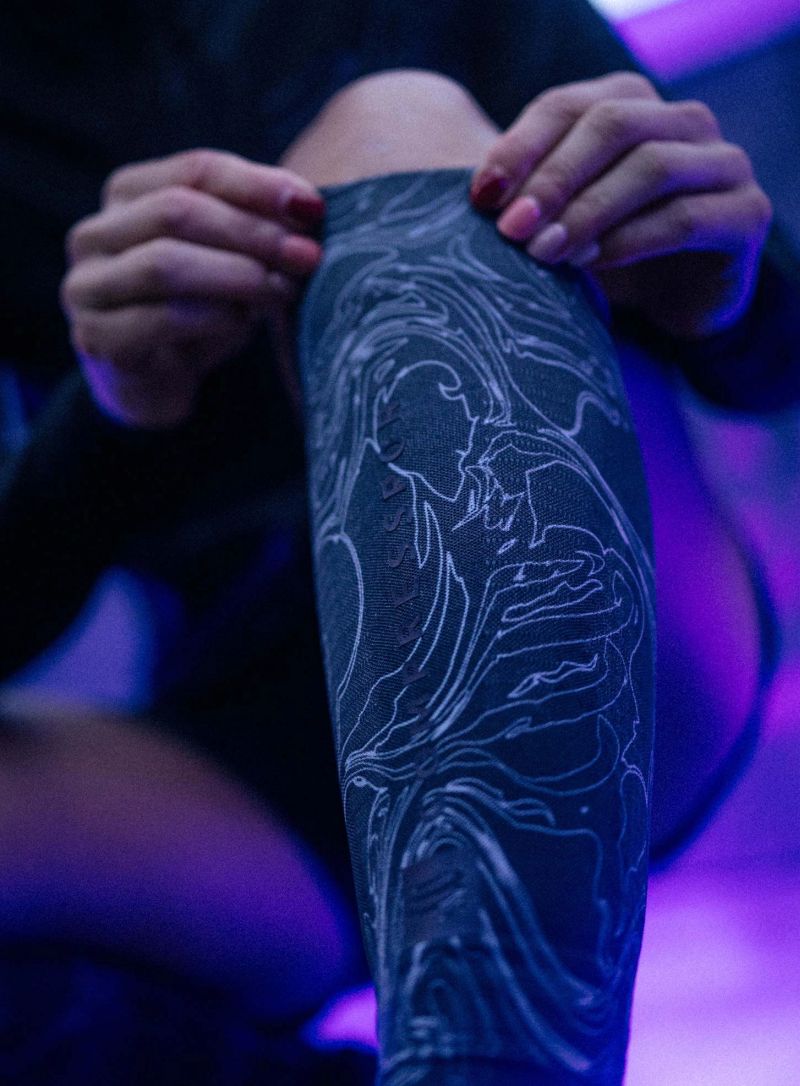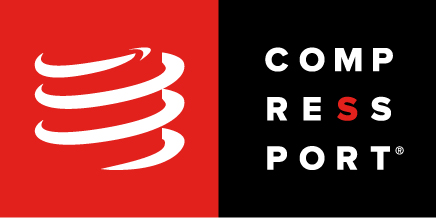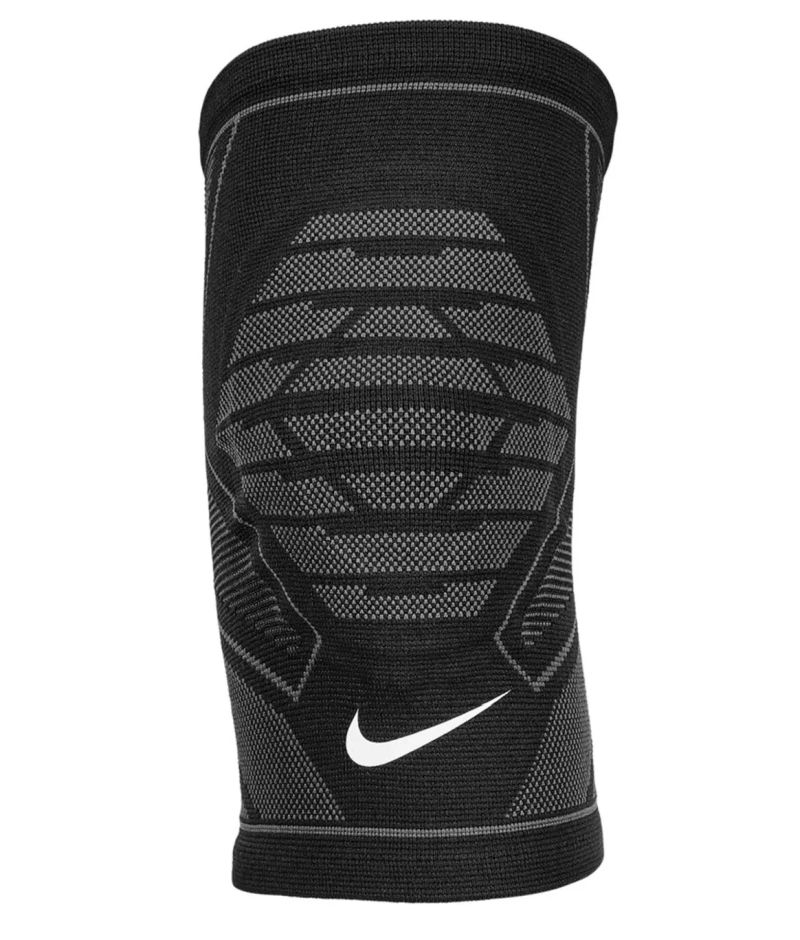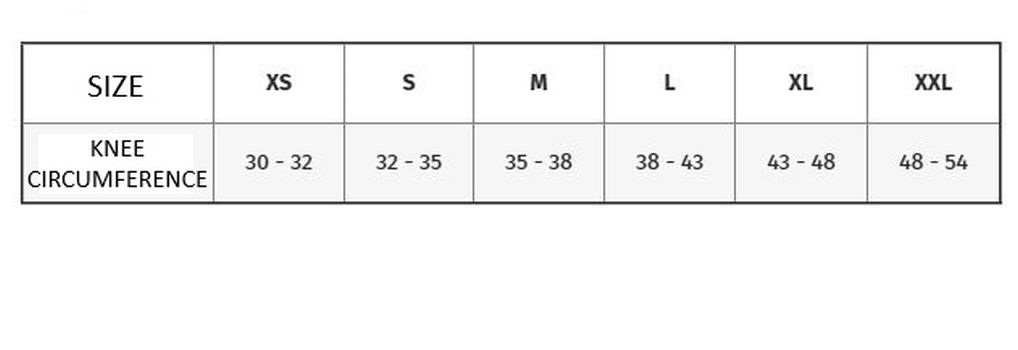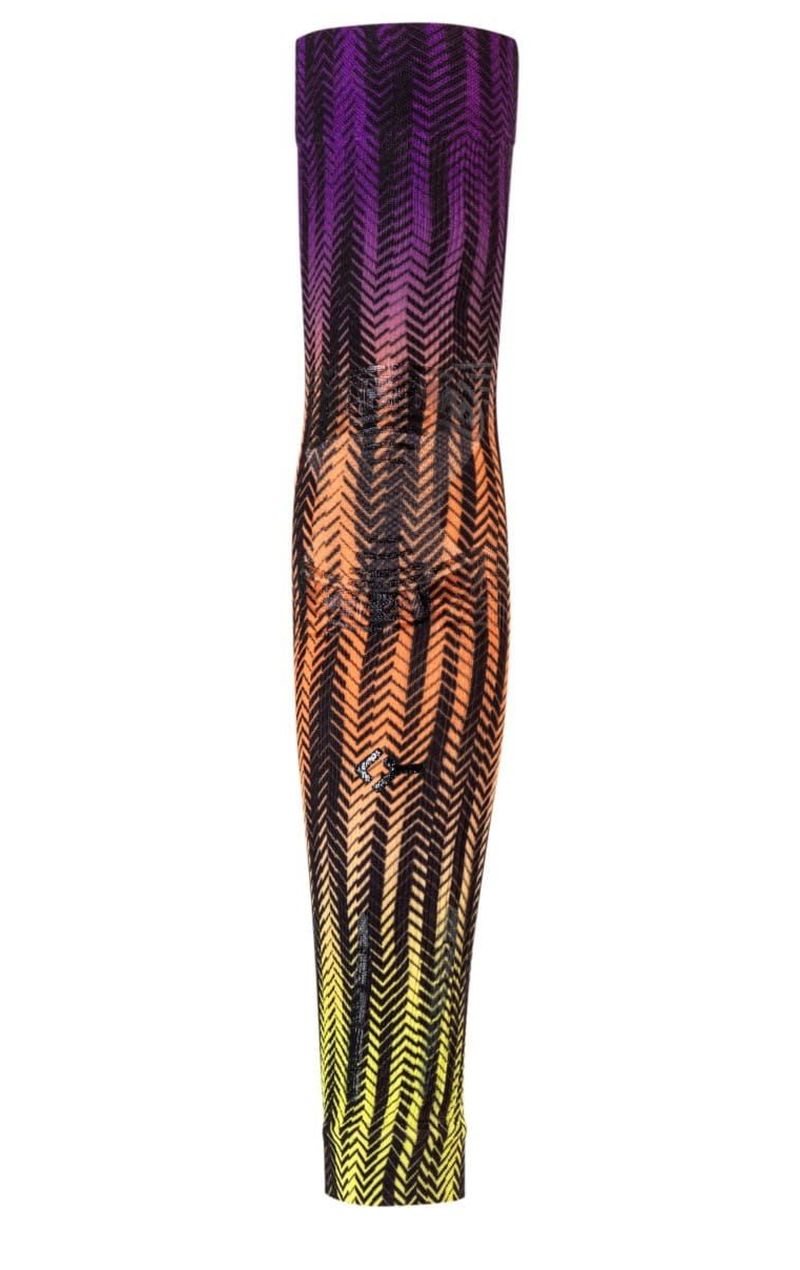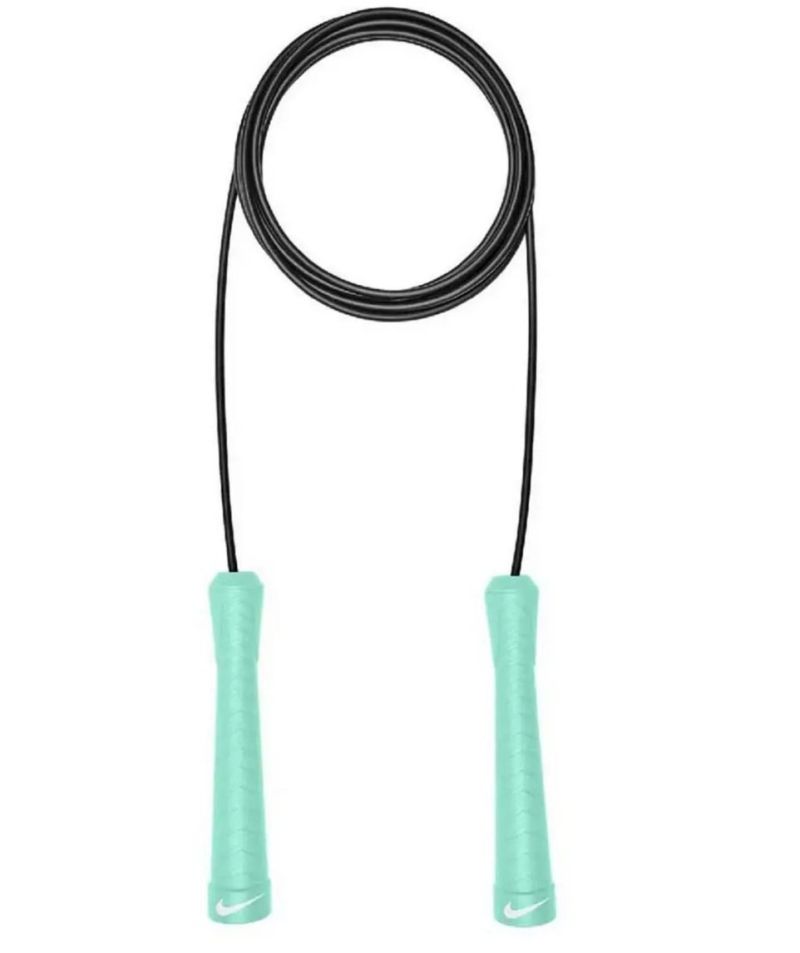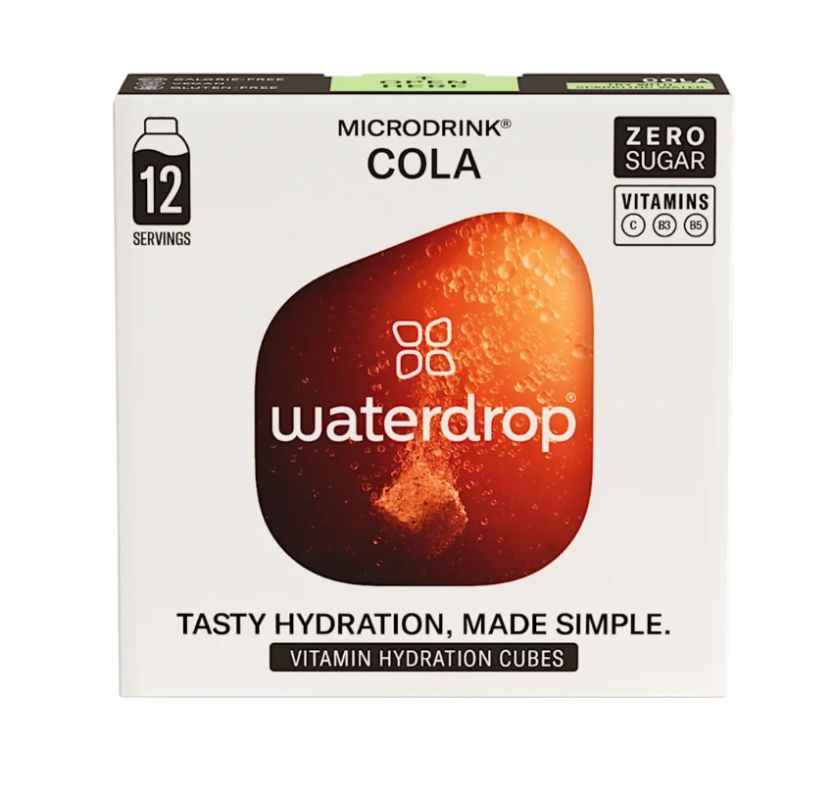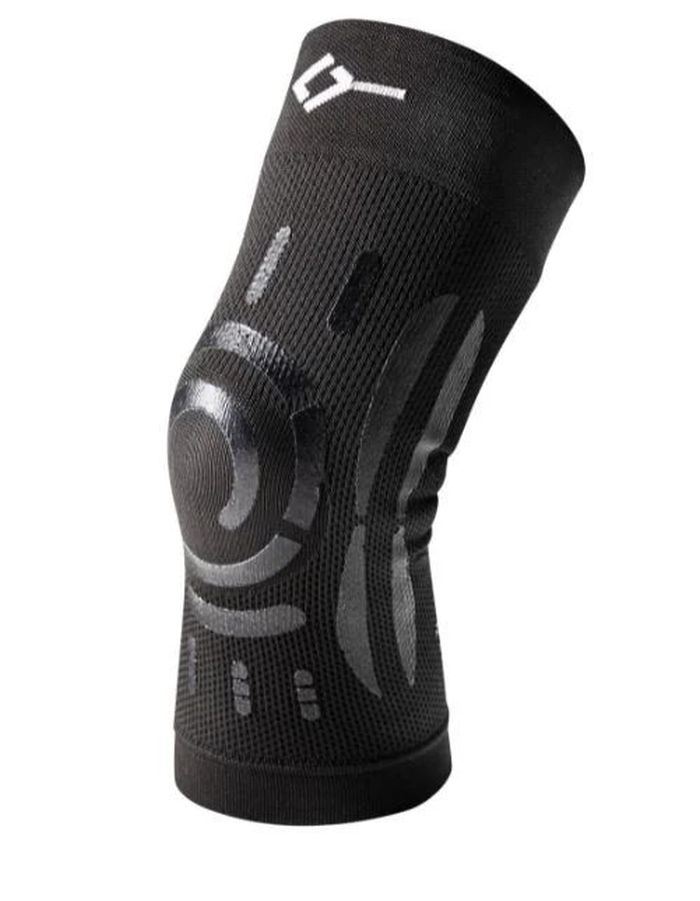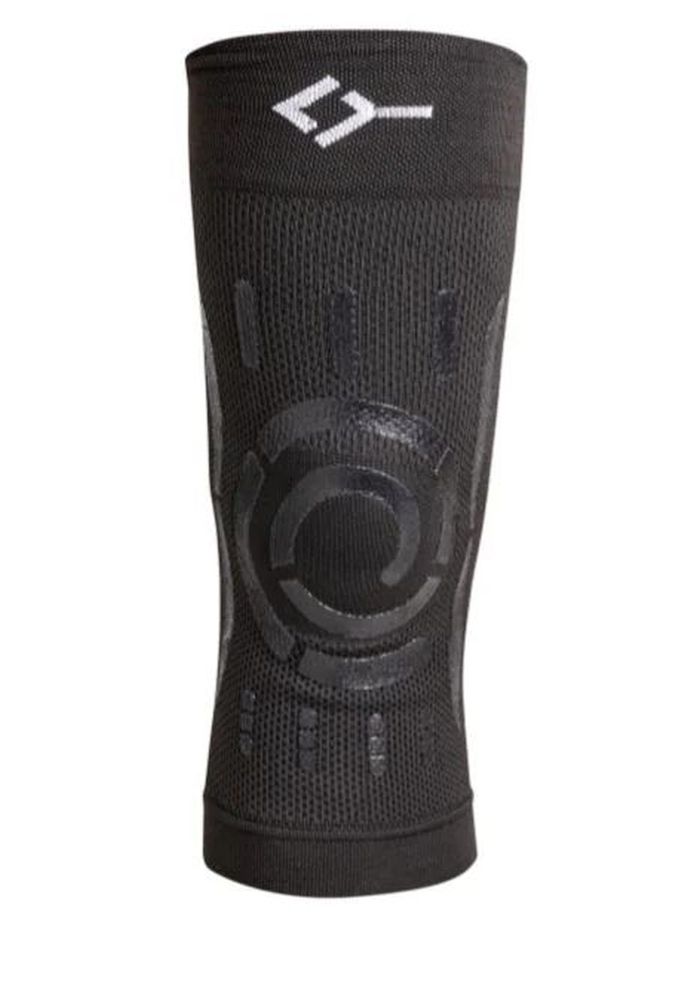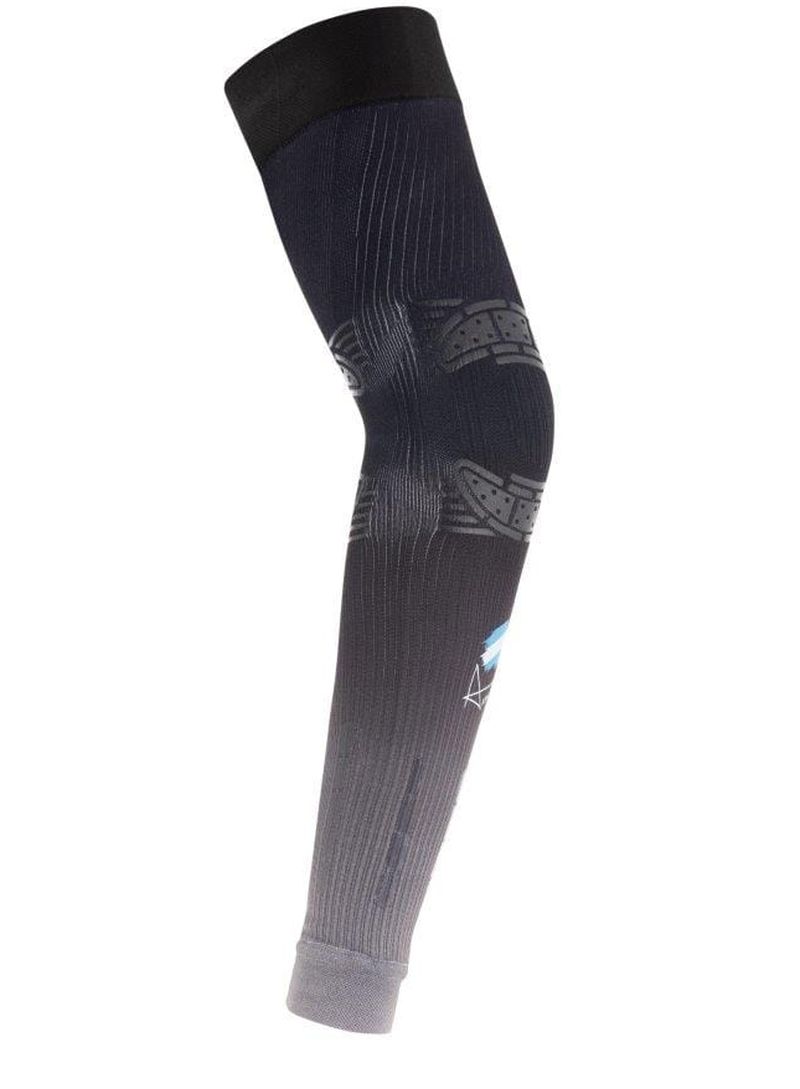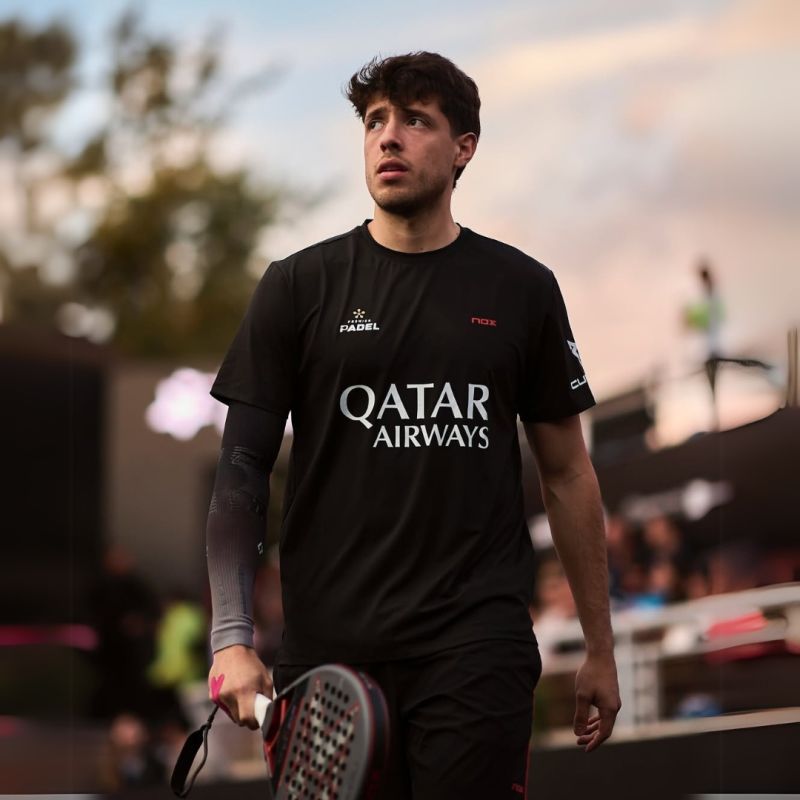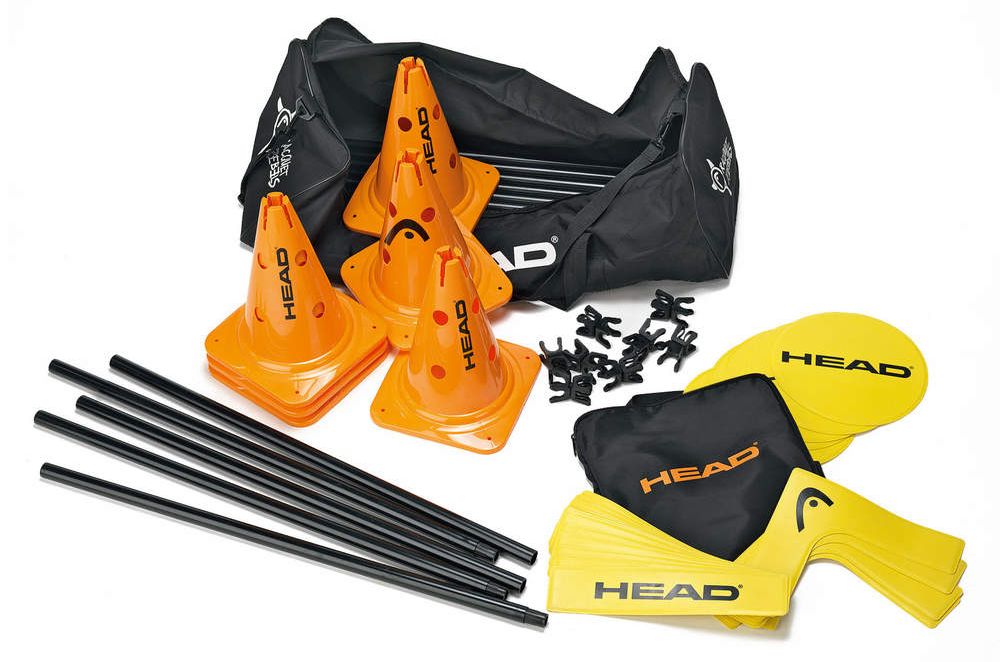
There are two things no tennis coach can do without: a love for the game and excellent communication skills. In addition, it doesn't hurt to have a few more coaching tools.
In modern tennis, the main aspect affecting progress on court is, above all, good physical preparation. It is extremely important to maintain speed along with regularity of repeats. To achieve this, tennis training, in addition to working on stroke technique, should involve improving endurance, speed, coordination and strength.
Basics - stroke technique
In the early stages of learning tennis, the focus is usually on learning the correct movements, and mastering the basic strokes. For this reason, an accessory that no coach will go out on court without is a
There are many different types of baskets for tennis balls: there can be baskets - metal frames, cage-like in appearance, with a handle-stand function; there can be baskets with a fabric insert, with pockets on the sides for useful small items (water, phone) or baskets on wheels resembling those of a shop. Baskets vary in shape, weight and capacity, so it is worth making a considered purchase based on the desired features of the basket. We offer a really large selection of tennis ball basketsin our shop.
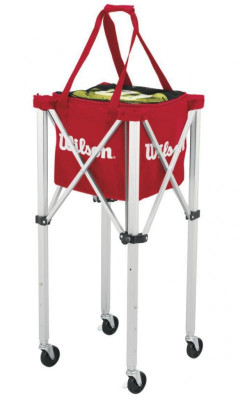
At a further stage of learning technique - and especially stroke cleanliness - special tennis racquets will be useful. They help to practice the "cleanliness" of strokes, e.g.: wooden tennis pads. This is a great training aid for coaches and players of all levels - mainly used for practice on the court but can also be used when playing independently on the wall.

Hitting a tennis ball with spin is probably one of the most important skills a player should master. Topspin, backspin and sidespin are great weapons to use on the court. The best players use spin on almost every stroke. There are a number of devices available to help learn spin, enabling you to learn how to 'comb' the tennis ball and, as a result, get a feel for what the correct movement is to give spin.
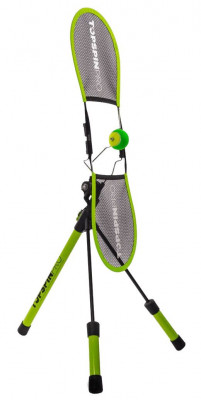
Speed and stamina
Tennis has changed considerably over the last few decades and we can now see the development of an aggressive approach to the game, both in the men's and women's game. This entails the need for proper physical preparation to meet the demands of the modern style. Speed in tennis has become a key element of success.
It is worth remembering that fast movement on the court is affected by:
• perception - how quickly and well the player sees the ball on the opponent's racket,
• decision - how quickly a player processes information and makes a decision,
• action - how quickly he executes the decision made,
• adjustment to the ball - how quickly the player is able to position themselves correctly to the ball.
All of the above elements can and should be practised on the court and an experienced coach will be able to provide training to develop speed, agility and reflexes on the court, gradually and according to the player's ability, increasing the level of advancement.
The basis of speed on the court is good footwork. Unfortunately, many players tend to stop after their stroke and wait for their opponent to react. This wastes valuable time to get into an optimal position. The habit on the court should be one of constant movement, if only by taking small steps with both feet or jumping from foot to foot - on tiptoe, of course.
As there is a really huge choice of exercises to improve leg dynamics on court, we will only present the most commonly used accessories below.
Cones
Exercises with cones are probably familiar to anyone who has ever learned to play tennis. There are no better equipment for learning speed, agility, change of direction. The word "round" can evoke unpleasant feelings in a student of the game - regardless of the level of advancement.
Low, relatively wide cones, sometimes affectionately known as 'mushrooms', are usually used for circling. They are placed on the tennis court usually to show where the change of direction should take place. They are soft and there is no danger of tripping over them and tipping over - if you accidentally step on them, they flex underfoot.
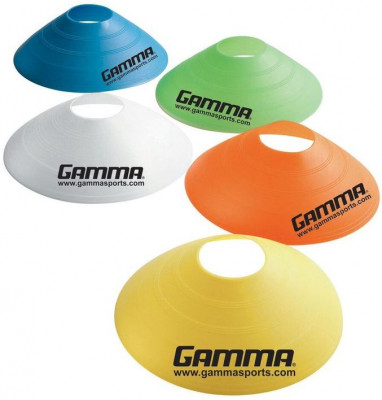
Of course, taller cones can also be used, which are somewhat similar to the shape of a parking space post. However, these higher cones are usually used for learning to strike accurately or to learn reflexes - painted in different colours or with numbers painted on, they can be used to practice touching a particular cone as quickly as possible.
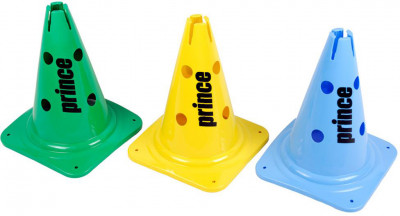
Ladders and hurdles
Ladders, on the other hand, are a coaching equipment used not only in tennis and are extremely useful for practising small steps and sudden changes of direction - skills essential in tennis and many other sports. It can be used to train movements not only in the forward-backward direction, but it is also worth including additional lateral elements such as lunges. The training possibilities are virtually endless.
Ladders come in a variety of shapes: traditional, resembling a ladder, or less obvious, resembling a collection of hexagons "glued" together. Ladders can also be fashioned from training hurdles - the hurdle forces a higher upward movement, perfectly improving motor coordination and leg muscle strength and, above all, dynamics.

Of course, the aforementioned coaching equipment is only an example, as we offer a much larger selection of different tennis accessories for coaches and players alike, for use on the court or on the wall, as well as for additional self-training: weights, resistance bands or skipping ropes - anything that can help us develop our game and take it to the next level!
";s:9:"metaTitle";s:55:"What training equipment should every tennis coach have?";s:12:"metaKeyWords";s:88:"tennis accessories, tennis training, tennis ball basket, tennis instructor, tennis coach";s:15:"metaDescription";s:132:"Every tennis coach should have the right coaching equipment. Read our blog and find out what is useful on the court during training!

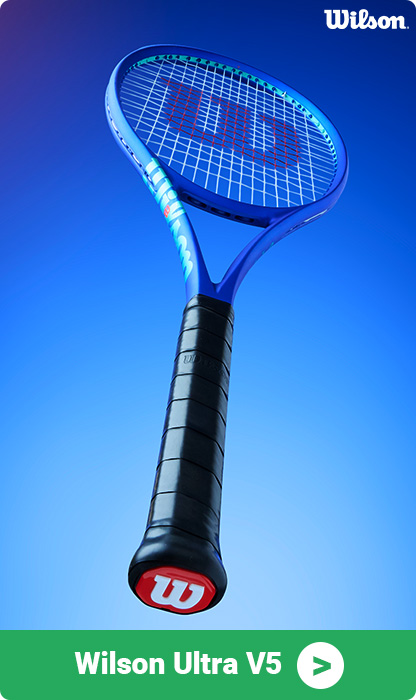
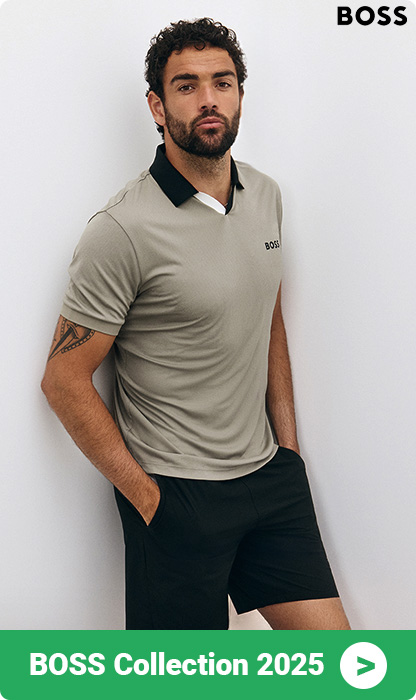
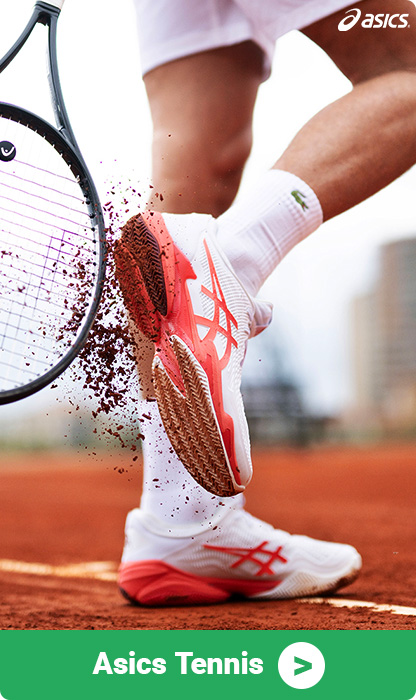
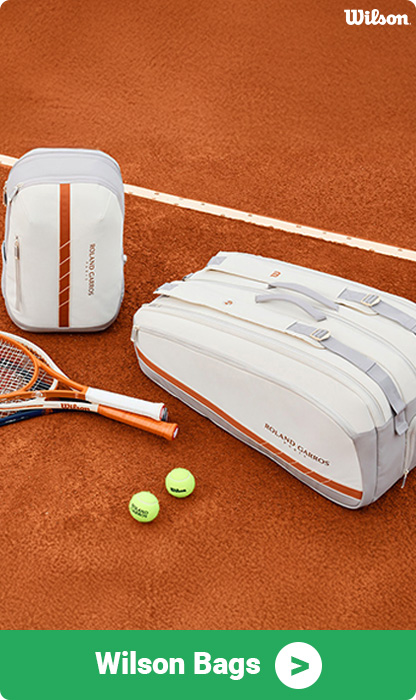
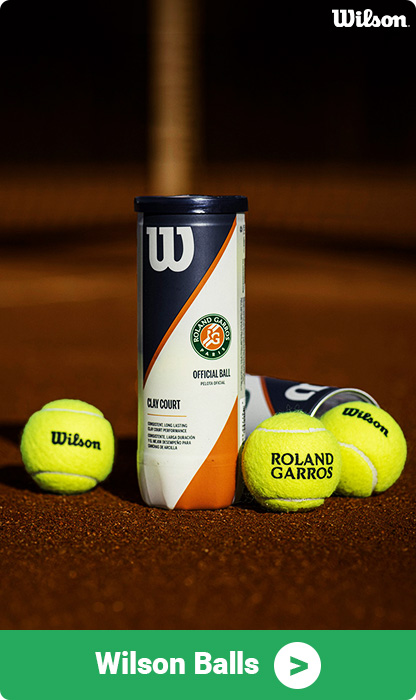
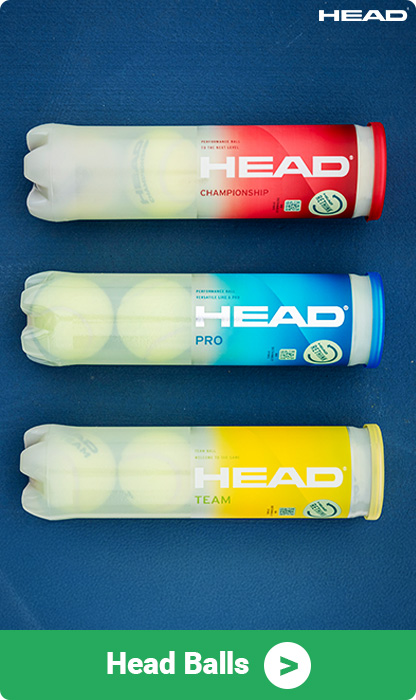
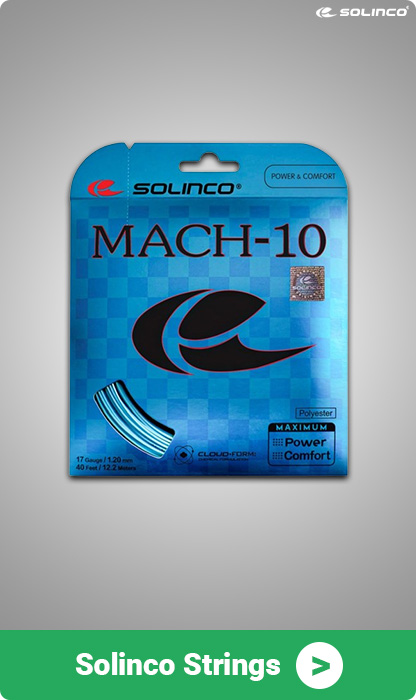
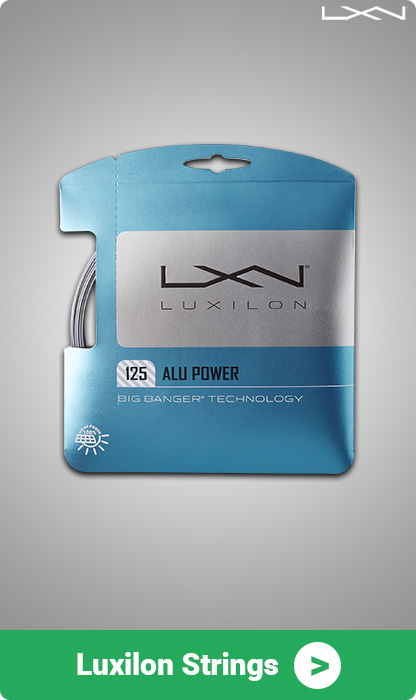
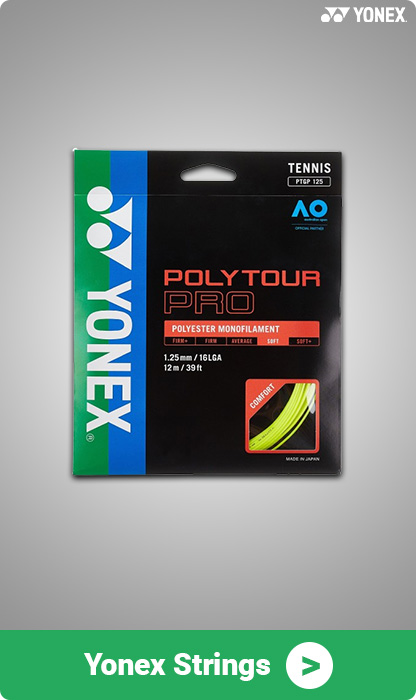
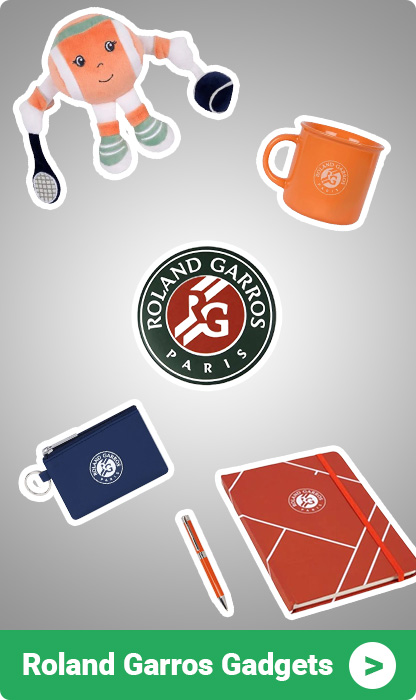












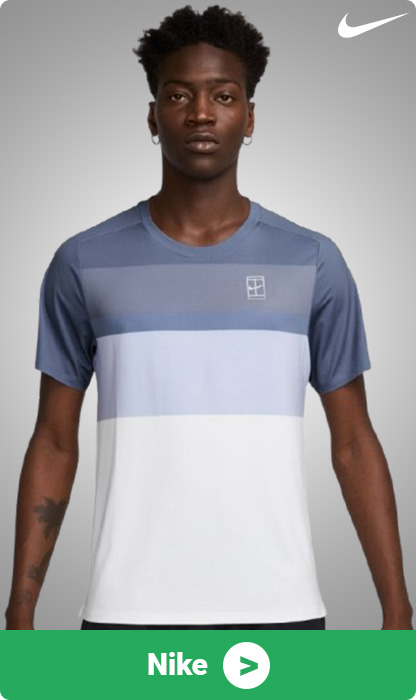
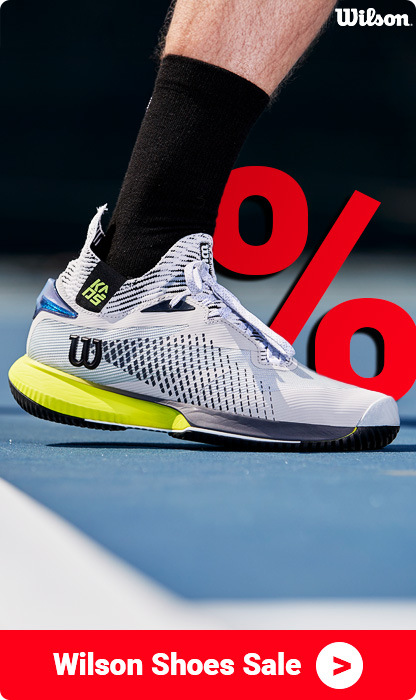

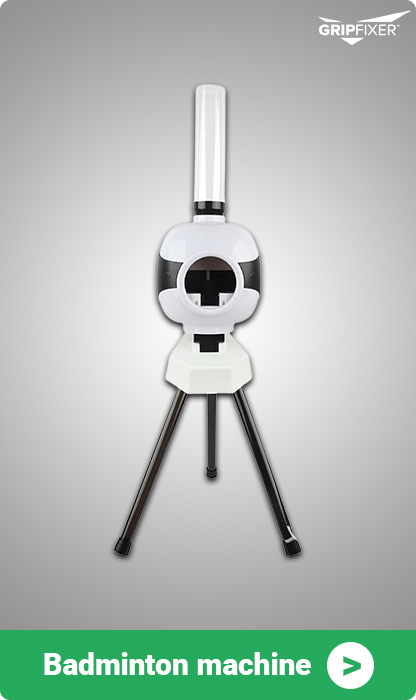
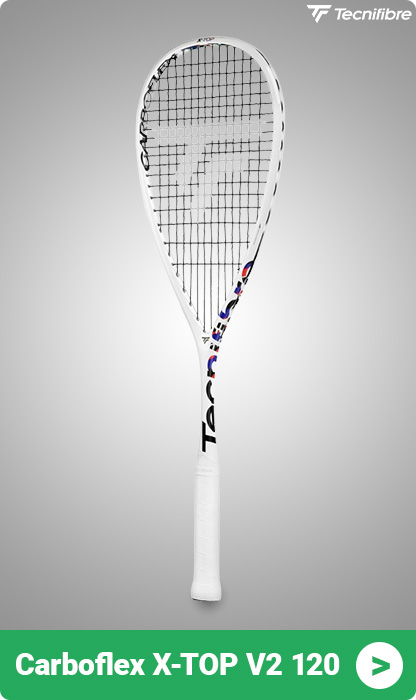
 tennis-zone.eu
tennis-zone.eu 